Lofty transformation for Masonic Temple
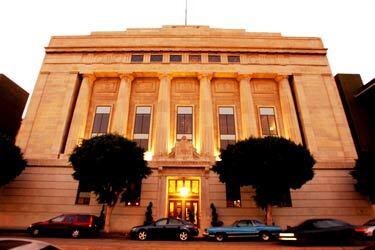
Walk up to the front of 835 Locust Ave., and its easy to imagine the building in its heyday in the mid-1920s, when it was a Masonic Temple that housed multiple ballrooms, secret passageways and a dramatic theater stage.
Step inside the front door, however, and in addition to a carefully preserved entryway with original light fixtures, tiling and an historically accurate color palate, theres a divergent community of loft-loving denizens.
The buzz words around here are adaptive reuse, a term that represents a truce of sorts between developers and history buffs.
Instead of being pitted against each other in a no-one-wins battle, both sides have found success by finding common ground, and relenting just a bit to the other sides concerns, said John Thomas, president of Long Beach Heritage.
In the case of the Masonic Temple, it meant that developers maintained the façade and other unique and historically significant elements of the building, such as its interior brick walls and entryway. In return, historians lent their restoration services and support -- no small thing in a city such as Long Beach, where the Heritage group and similar bodies have their share of clout.
Here’s a photo gallery look at the inside of a handful of the Masonic Temple lofts -- and the residents’ take on “adaptive reuse.” What’s immediately apparently is how their décors differ wildly -- but are united by a desire to take advantage of every square foot of space, every raw surface and every soaring ceiling. (Stefano Paltera / For The Times)
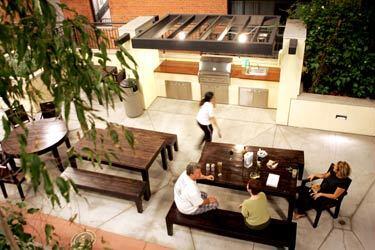
The Masonic Temple lofts are made up of three buildings, including the historic structure that once boasted a series of ballrooms and secret tunnels and was used for Masonic meetings, services and ceremonies, and two new towers. Airy skywalks connect the buildings.
Residents enjoy a common area that includes tables, grills, shading and foliage. Many pet owners call the lofts home, and dogs are commonplace. (Stefano Paltera / For The Times)
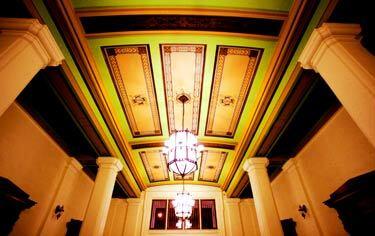
Pains were taken to ensure that the ceiling, and this entryway, was restored in as historically accurate a manner as possibe, including the selected color palette. The light fixtures are original to the building. (Stefano Paltera / For The Times)

During the tour, loft dweller Barbara Schwerin displayed a Masonic scepter and a decorative dish that belonged to her great grandfather, a Mason. (Stefano Paltera / For The Times)
Advertisement
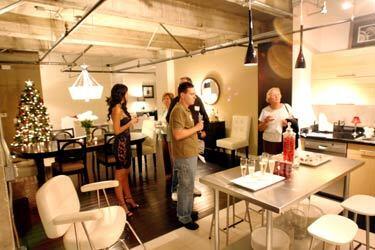
This loft is pure vintage -- it’s located just off the well-apointed entryway -- but the furnishings inside are all mod. (Stefano Paltera / For The Times)
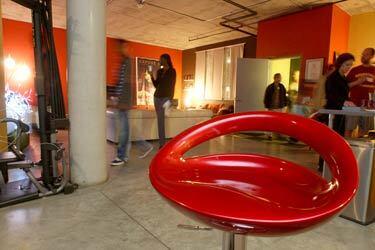
One of the more spacious lofts in the new annex is decorated with such fashionable touches as hip stool seating and a sectional, wrap-around couch, seen in the background, that could easily sleep two. (Stefano Paltera / For The Times)
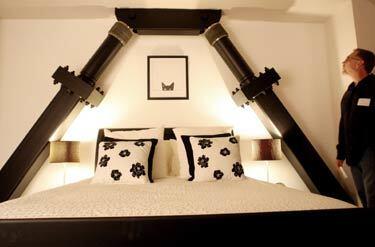
A visitor takes a close look at two seismic-shock absorbers that have been turned into decorative elements in the bedroom. (Stefano Paltera / For The Times)
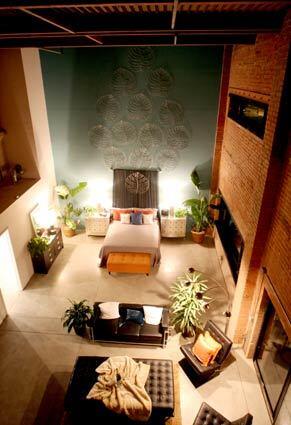
The largest loft on display takes up nearly 3,000 square feet and features ceilings over two stories high. The decorations in this unit were staged it’s up for sale. (Stefano Paltera / For The Times)
Advertisement
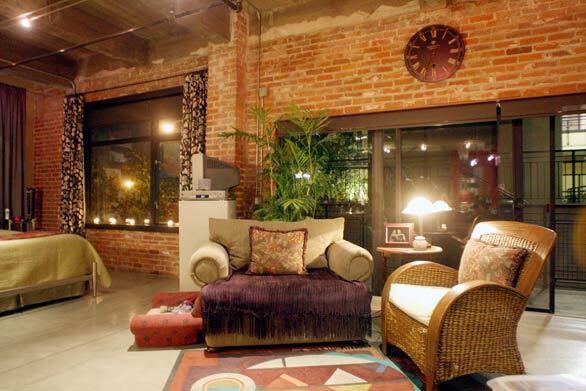
Transforming the vintage Masonic temple in downtown Long Beach to luxury lofts made for plenty of restrictions on new owners. The rough-hewn brick walls that run alongside the interior, for example, are original to the building and cannot be altered to add windows or much of anything else. (As a result, one unit in the building has virtually no sunlight.) (Stefano Paltera / For The Times)
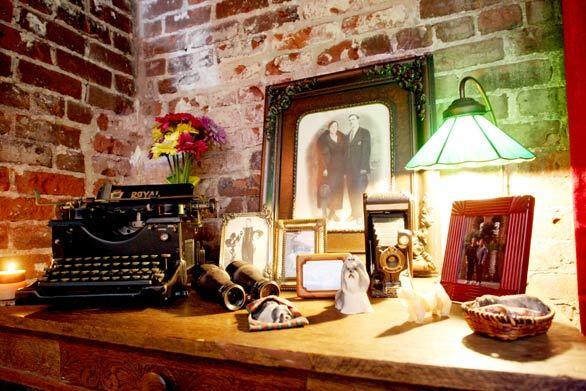
It was a trade-off, though, that residents eagerly accepted or at least the ones who threw open their doors last month for a tour to showcase the rebirth of a building that once seemed destined for destruction.
These are the kinds of things you know going in, said resident Shelby Stuntz, an attorney. You give up certain rights in order to gain the ability to live in a place with historical significance to it.
Here, antique memorabilia are framed by the original brick wall. (Stefano Paltera / For The Times)
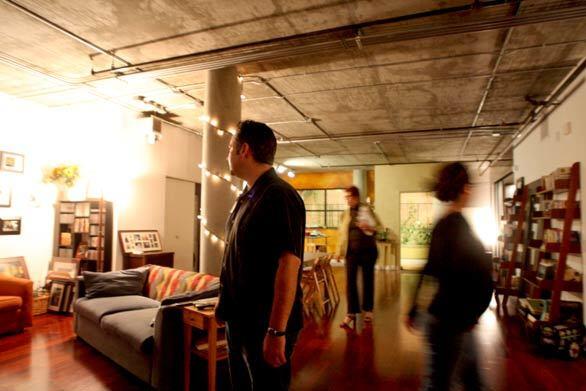
Visitors stroll through one of the larger units in the new building. The couch, free-floating in the middle of the room, helps establish a sitting area. (Stefano Paltera / For The Times)
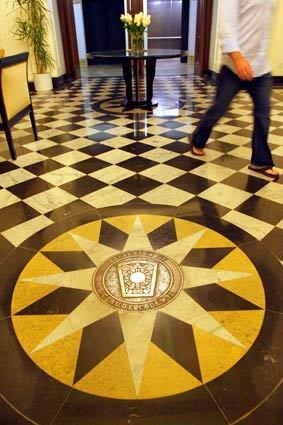
The original tile floor in the lobby of the Masonic Temple. (Stefano Paltera / For The Times)
Advertisement
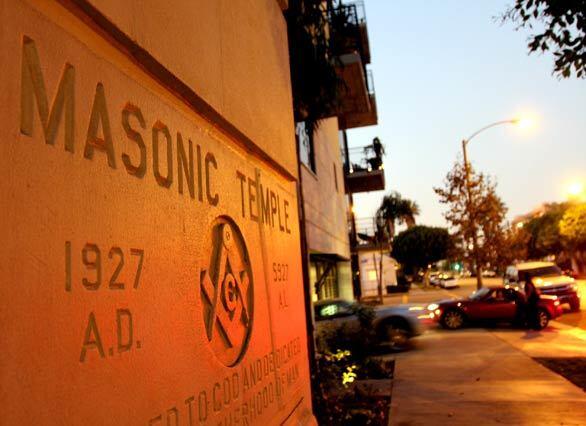
An inscription outside the Masonic Temple reminds visitors of its history. (Stefano Paltera / For The Times)



